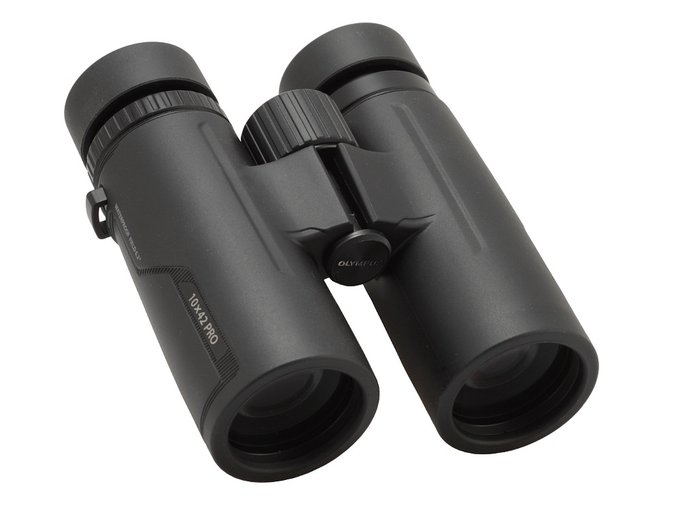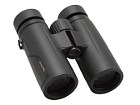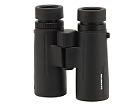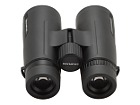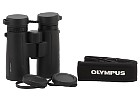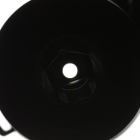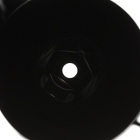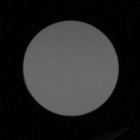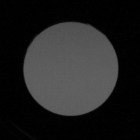Olympus 10x42 PRO
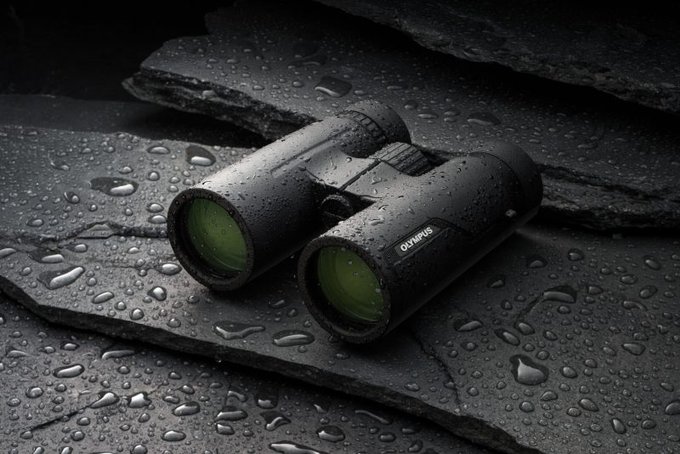 |
The casing of the binoculars is supposed to be waterproof, dirt-proof and resistant to internal foggig; the binoculars are submersible to 1 meter up to five minutes.
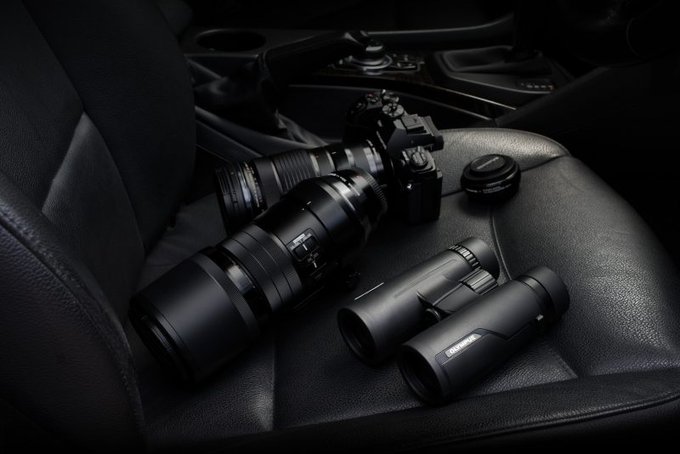 |
| Magnification | Lens diameter | Angular field of view | Prisms | Eye relief | Weight | Price |
|---|---|---|---|---|---|---|
| 10 | 42 | 108/100(6.2o) | BaK-4/roof | 16 mm | 665 g | 1699 PLN |
Summary
Pros:
- solid casing,
- good correction of chromatic aberration,
- practically zero astigmatism,
- invisible distortion,
- properly corrected coma,
- sensible colour rendering,
- nicely looking areas around exit pupils,
- good blackening inside the tubes,
- good quality BaK-4 glass prisms,
- sharp images already from 1.2 meters,
- good warranty conditions.
Cons:
- transmission distinctly lower than declared,
- noticeable sharpness loss on the edge of the field of view,
- distinct light fall-off on the edge of the field of view,
- central wheel needs too many turns to cover the whole range.
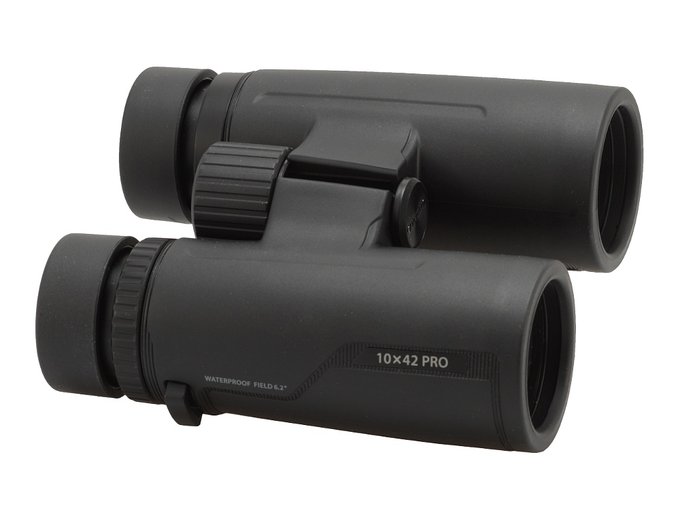 |
First, it should be reminded that the previous model, the Olympus 10x42 EXWP had an excellent score in our big 10x42 binoculars test, featuring over 60 models, as it managed to climb the podium in the Econo ranking. As you see, the standards were raised very high.
When a successor of a such a great pair of binoculars is launched on the market with a price tag very similar to that of the older model or just slightly higher, we should expect an improvement in practically all categories, starting from basic parameters and ending at optical and mechanical properties.
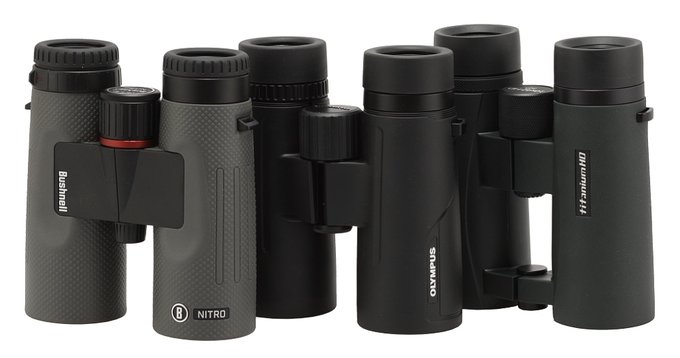 Bushnell Nitro 10x42, Olympus PRO 10x42 and Delta Optical Titanium ED 10x42 HD. |
The field of view is a separate topic. When compared to the predecessor it increased from 6.0 to 6.2 degrees. It is a good piece of news but one question remains: is it enough to defeat the rivals? One glance at the chart, presented at the beginning of this test, and you know that at this price point the competitors can reach even a level of 7.0 degrees, with values of 6.5 degrees being practically a standard. Olympus, providing a narrower field of view than the rivals, should correct it in a perfect way.
Let's start discussing the results of our test from the biggest slip-up of the tested lens, its transmission – an appropriate graph is presented below.
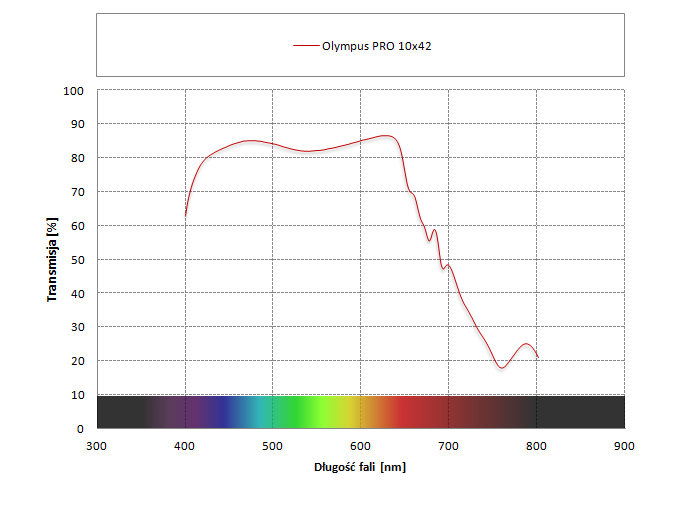 |
The second serious flaw is blur and light fall-off on the edge of the field of view. It's true the performance of the binoculars can hardly be called bad, with the results approaching medium values, but taking into account the field of view, smaller than in the case of many other serious rivals, I admit I expected something more.
Fortunately the list of flaws ends here and the instrument boasts a whole list of improtant assets. The casing, even if shapely and not so heavy, seems to be very solid, with proper finishing touches. Interiors of the tubes are properly blackened and clean so the binoculars don't experience any problems with the performance against bright light. The areas near exit pupils (unfortunately, a bit truncated) present themselves very well too.
Images in the frame centre should be praised as their quality is really good – it is a result of sensational correction of astigmatism and chromatic aberration as well as brilliant distortion correction and very good coma correction.
The final score, exceeding 137 points, is very good indeed, practically the same as the result of the predecessor and just a bit better than that of some rivals like the Kowa BD 10x42 XD Prominar or the Delta Optical Titanium HD 10x42 ED. Is it enough to convince prospective customers? Time will tell. One thing is sure: in the 42 mm class the competition has always been fierce so it's not easy to carve yourself a nice portion of the cake. Still the price might be a decisive factor – compared to the suggested 1990 PLN it has dropped recently to 1699 PLN, making the tested Olympus noticeably cheaper than the new Delta Titanium HD, the Vortex Viper or the Nikon Monarch 7.





